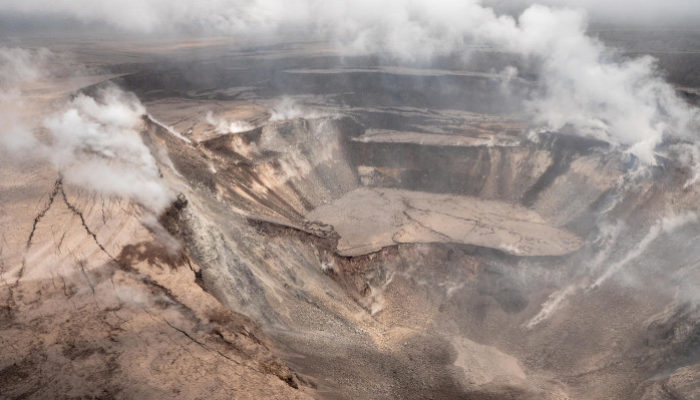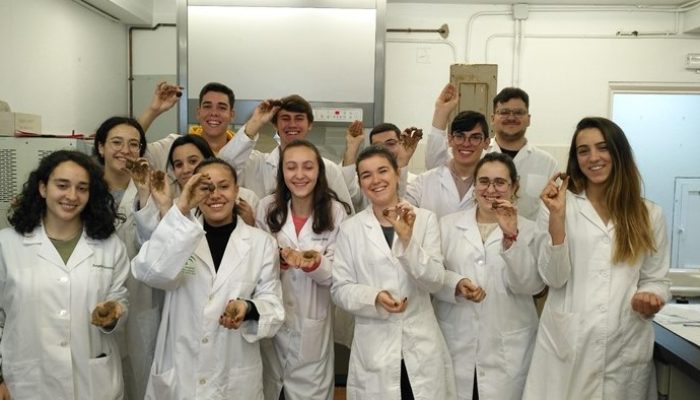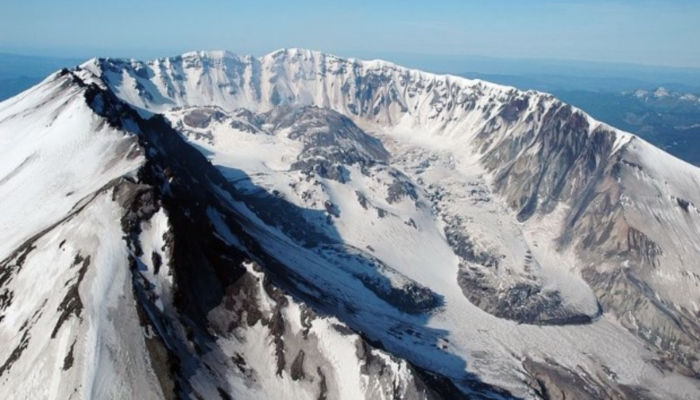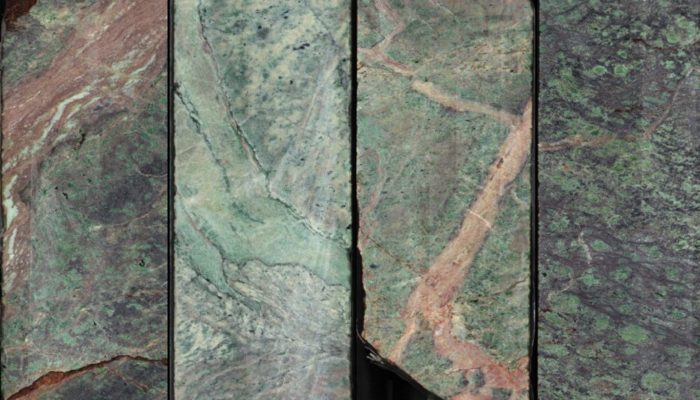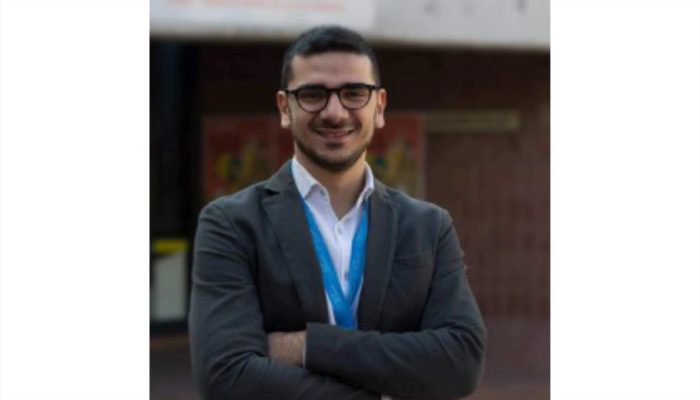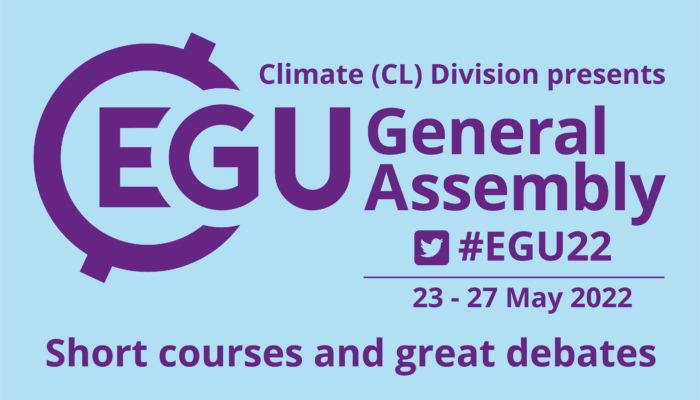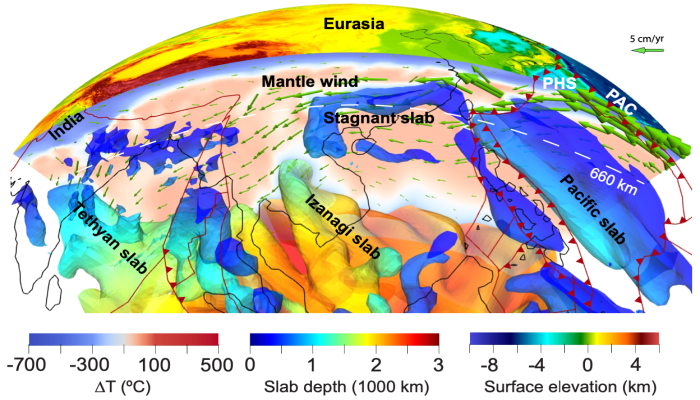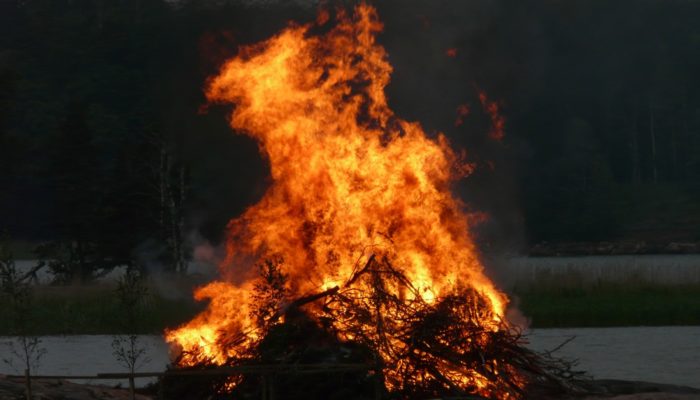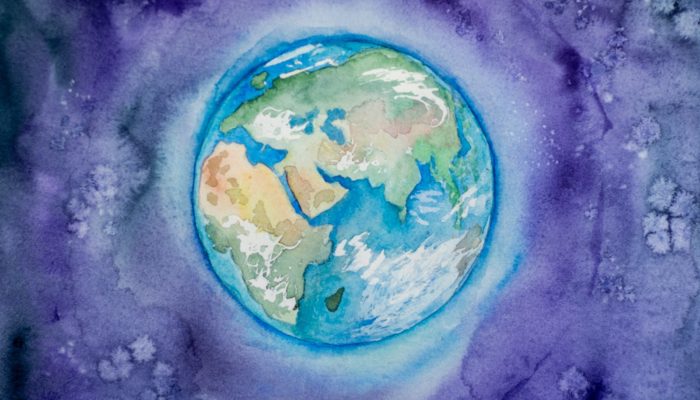Both earthquakes and research project directions can be hard to predict. This week Becky Fildes, a graduate student at UC Davis, takes us on a journey of how she came to study earthquake behavior in Hawaii during an active volcanic eruption and how our understanding of caldera collapses can be further improved. In my first year of graduate school in 2017, I had started studying earthquake statisti ...[Read More]
If you didn't find what you was looking for try searching again.
GeoLog
The Early Career Scientists group ‘Jobs and Careers’ is here to help all ECS!
Early Career Scientists (ECS) often face challenges when it comes to finding and pursuing their career path. Science offers a wide variety of options, so building a career in or around science can be quite daunting, with no clear single path to follow. While research is an obvious career choice for ECS, it can be conducted in a variety of different settings; from academic and governmental institut ...[Read More]
Cryospheric Sciences
Crater Glacier: A story of renewal in the aftermath of destruction
Crater Glacier, located on Mount St. Helens, Washington State, U.S., tells a tale of renewal. The catastrophic and deadly May 18th, 1980 eruption of the volcano created, among other things, a deep horseshoe-shaped, north-facing crater and obliterated most of the glaciers that resided on the volcano’s slopes. By a decade and a half later, it was clear that a glacier had formed in this unlikely loca ...[Read More]
Geodynamics
The Sassy Scientist – The Doctor Is In
There are no stupid questions. How many times have we heard that from colleagues and in classrooms? Obviously an exceedingly sizeable chunk of our community does not receive stupid questions often enough. Even silly questions have their merits though, and obviously they deserve an answer, at least to avoid them being asked in the future. My very busy mailbox has recently seen a staggering increase ...[Read More]
Geochemistry, Mineralogy, Petrology & Volcanology
The strangest rock you’ve probably never heard of
In this blog I’m going to talk a bit about one of my favourite rocks – the strangest rock you’ve probably never heard of – listvenite. Listvenite (sometimes spelt listwanite or listwaenite) is the product of a chemical reaction between peridotite and carbon dioxide, and it is truly strange! I first came across listvenites working on the Semail Ophiolite, Oman, during my PhD. The Semail Ophiolite i ...[Read More]
GeoLog
GeoTalk: meet Federico Amato, environmental data miner & ECS representative for ESSI Division
Hello Federico, thank you for agreeing to talk with us! Could you introduce yourself? Hello Simon, thanks for inviting me for this talk! As you can probably guess from my name, I am Italian. I completed my studies in Italy obtaining a master’s degree in Engineering and a PhD in Innovation and Sustainable Development Engineering. Then, three and a half years ago I moved to Switzerland for a Postdoc ...[Read More]
Climate: Past, Present & Future
Don’t miss out on these awesome #EGU22 activities!
Dear climate enthusiasts, EGU lovers, and early/senior climate scientists, With #EGU22 approaching, we wanted to give you a quick overview of the great short courses and great debates that are planned for this years’ General Assembly! If you want to learn more about the scientific sessions offered, please have a look at our Seasonal love letter from December. Short Courses If you are about to fini ...[Read More]
Geodynamics
Why do some slabs stagnate?
Mechanisms for stab stagnation are essential for understanding the mantle circulation patterns. This week, Diandian Peng, a graduate student from University of Illinois explores how dynamic pressure gradients can pull the slabs sideways stagnating them at the Mantle Transition Zone. Seismic imaging provides critical constraints on the structure and evolution of subducted slabs. Numerous tomographi ...[Read More]
Geodesy
EGU Campfire Geodesy – Share Your Research – Fifth Edition
We all welcome you around our fifth EGU Geodesy Campfire to listen to two exciting talks by Eva Börgens and Sandro Krauss. The Geodesy EGU Campfire Events “Share Your Research” will give (early career) researchers the chance to talk about their work. Below you can find detailed descriptions about their talks. We will have time for networking after the presentations. Please join us on Zoom o ...[Read More]
Biogeosciences
What more can we do as climate scientists to address climate change?
Fig 1 — Artist impression of Earth (source: Unsplash, Elena Mozhvilo) The much anticipated COP26 — even more so because of its postponement — is now already a few months behind us. There has been a lot of attention in the media, including on the BG blog. We have seen mixed reactions following the final statement at COP26: ranging from disappointment about lack of ambition to realism ...[Read More]

